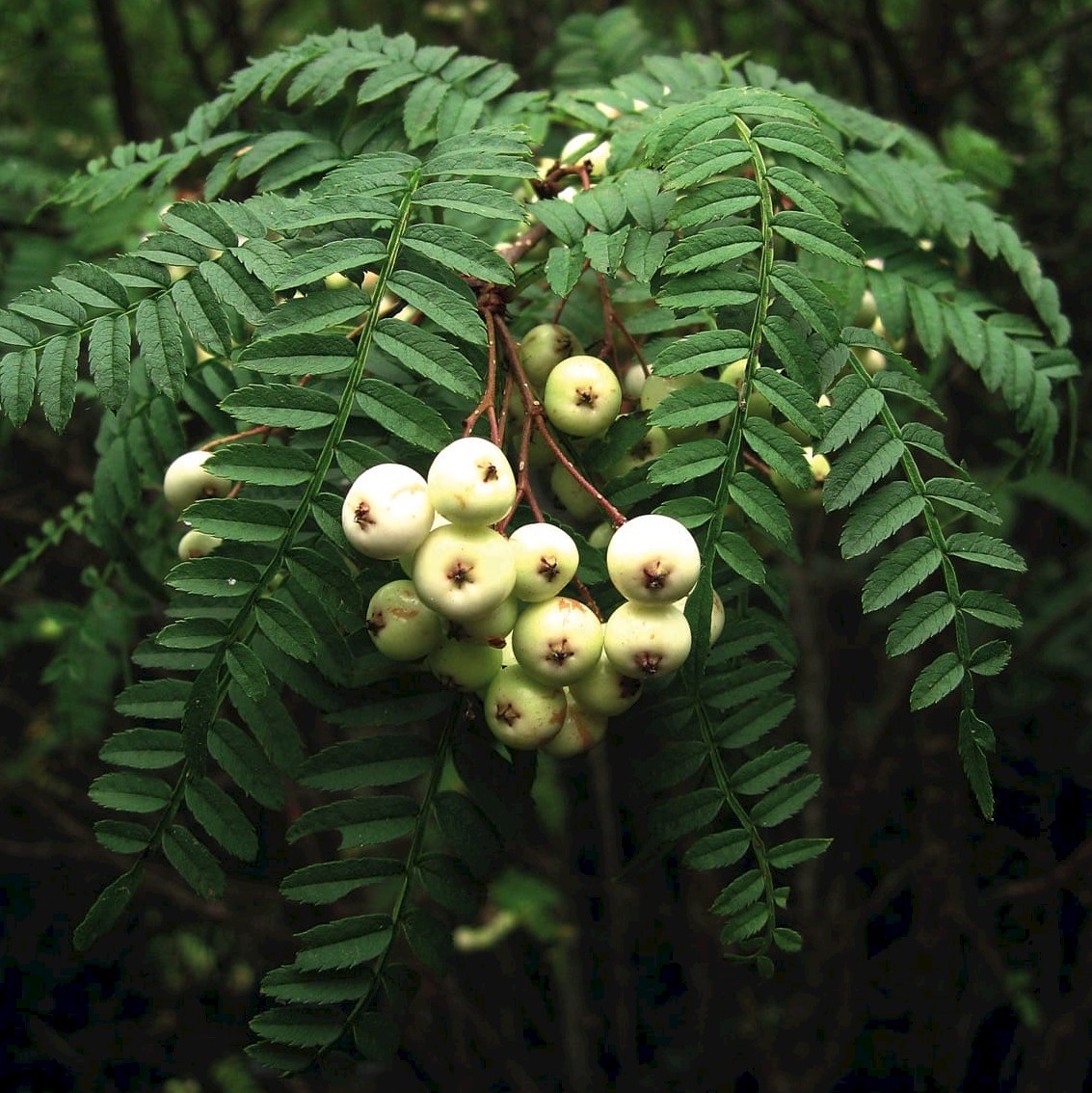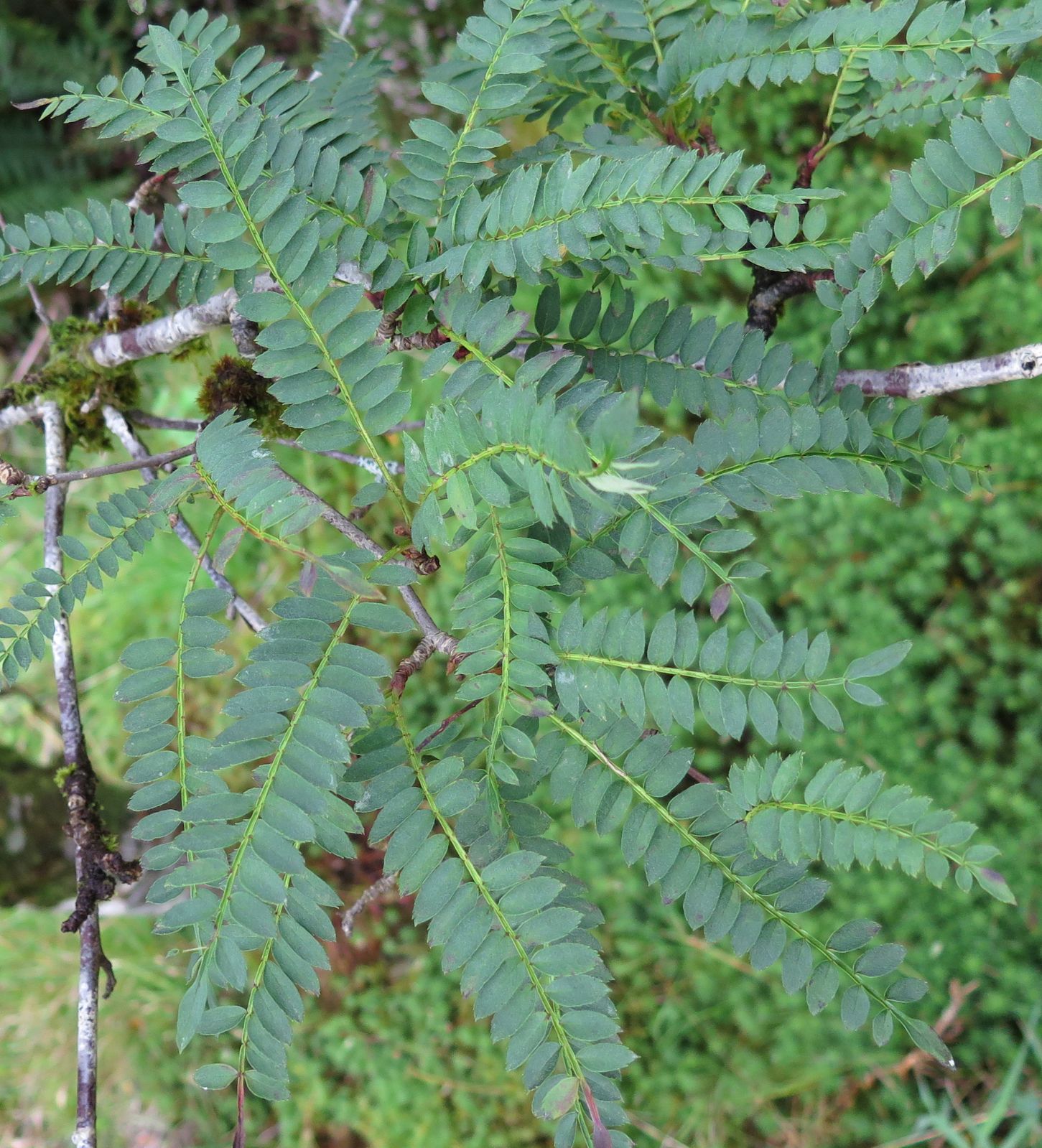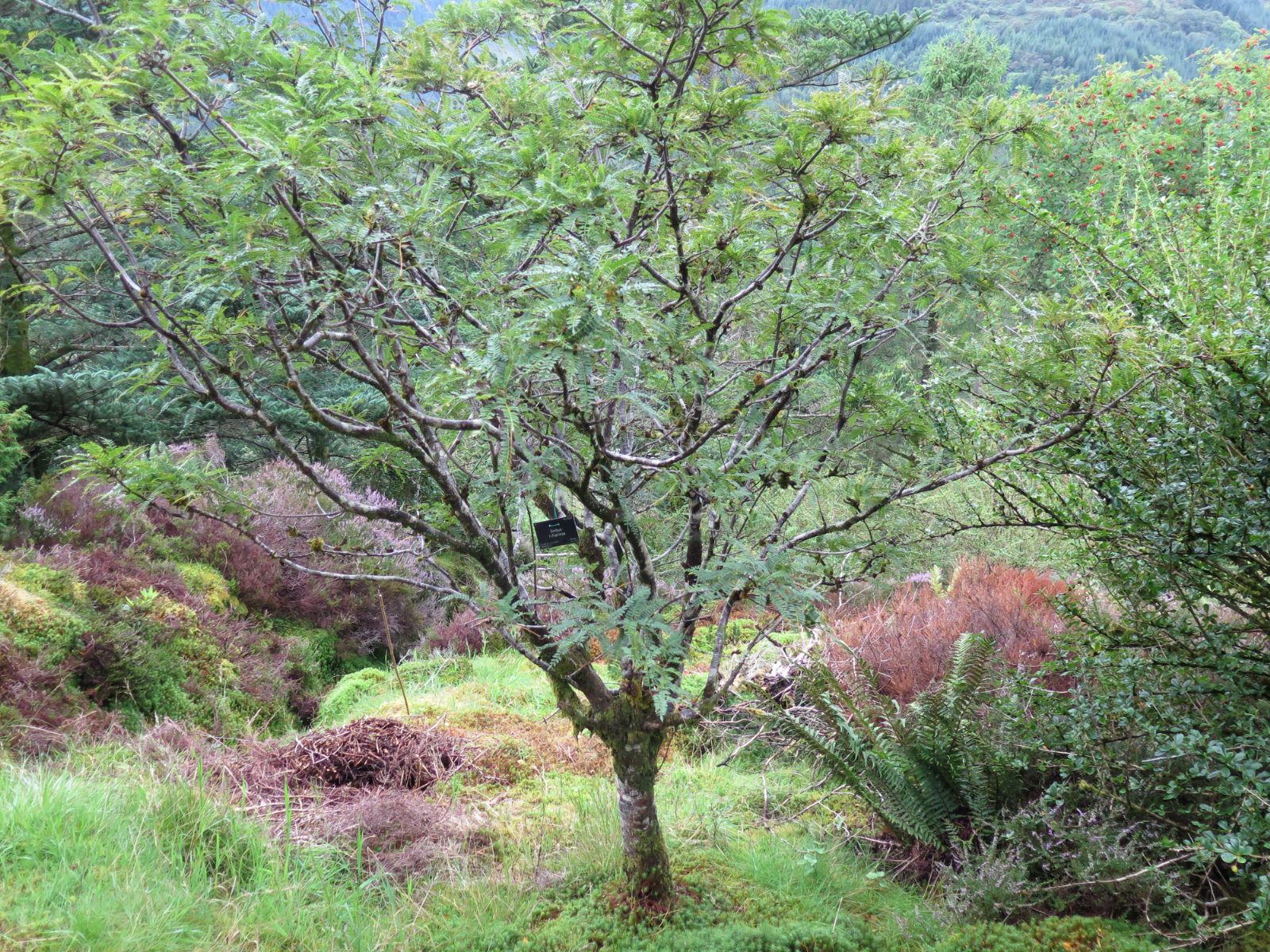Sorbus rufopilosa
Sponsor
Kindly sponsored by
This genus has been sponsored and new text is being prepared.
Credits
Article from New Trees by John Grimshaw & Ross Bayton
Recommended citation
'Sorbus rufopilosa' from the website Trees and Shrubs Online (treesandshrubsonline.
Genus
Other taxa in genus
- Sorbus americana
- Sorbus amoena
- Sorbus arachnoidea
- Sorbus aucuparia
- Sorbus carmesina
- Sorbus cashmiriana
- Sorbus commixta
- Sorbus coxii
- Sorbus decora
- Sorbus discolor
- Sorbus ellipsoidalis
- Sorbus esserteauiana
- Sorbus fansipanensis
- Sorbus foliolosa
- Sorbus forrestii
- Sorbus glabriuscula
- Sorbus glomerulata
- Sorbus gracilis
- Sorbus helenae
- Sorbus hupehensis
- Sorbus hypoglauca
- Sorbus insignis
- Sorbus 'Joseph Rock'
- Sorbus khumbuensis
- Sorbus koehneana
- Sorbus kongboensis
- Sorbus kurzii
- Sorbus lingshiensis
- Sorbus matsumurana
- Sorbus microphylla
- Sorbus muliensis
- Sorbus olivacea
- Sorbus parvifructa
- Sorbus pohuashanensis
- Sorbus poteriifolia
- Sorbus prattii
- Sorbus pseudohupehensis
- Sorbus pseudovilmorinii
- Sorbus randaiensis
- Sorbus reducta
- Sorbus rinzenii
- Sorbus rubescens
- Sorbus rushforthii
- Sorbus sambucifolia
- Sorbus sargentiana
- Sorbus scalaris
- Sorbus sitchensis
- Sorbus tianschanica
- Sorbus ursina
- Sorbus vilmorinii
- Sorbus wallichii
- Sorbus wilsoniana
Tree to 10 m. Branchlets thin and delicate. Leaves to 8 cm long, with 10–17 pairs of leaflets. Leaflets to 1.5–2 × 0.4–1.1 cm, ovate, margins with few, large teeth. Inflorescences lax. Flowers pale pink. Fruit 0.95 × 0.9 cm or smaller, white flushed with pink; sepals not fleshy, midrib clearly visible, carpels three to four (to five). Sexual diploid (2n = 34). Lu & Spongberg 2003, McAllister 2005a. Distribution BHUTAN; CHINA: Guizhou, Sichuan, southeast Xizang, northwest Yunnan; MYANMAR; NEPAL. Habitat Montane forest with Abies, Picea and bamboos, between 2700 and 4000 m asl. USDA Hardiness Zone 6. Conservation status Not evaluated. Illustration NT812.
Sorbus rufopilosa and the related S. rinzenii Rushforth are sexual diploids allied to S. microphylla and share many of the same characters, such as the comparatively long, narrow leaves composed of numerous small leaflets, and pink-flushed flowers succeeded by white and pink fruits. The reddish hairs from which S. rufopilosa takes its name are conspicuous on the young foliage. Although an attractive plant it needs high rainfall and constant moisture to thrive and prosper, but when doing well it is exceptionally beautiful (McAllister 2005a). It has been introduced on several occasions from Nepal (for example, Binns, Mason & Wright 98, collected in 1979) and Bhutan (Sinclair & Long 5674, collected in 1984).



